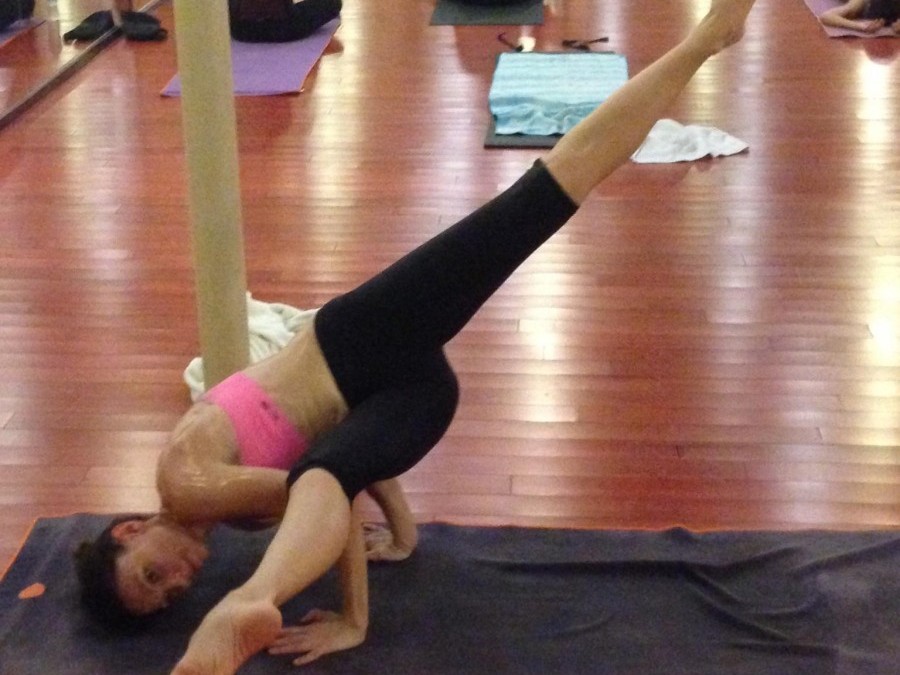In my first blog, I spoke of self-reflection as a means to become more aware of oneself. Along similar lines, I want to introduce the concept of awareness of how our bodies and minds are connected. I also want us to explore the benefits of this notion and some of the ways you can begin practicing this mental shift.
Here is how the body and mind relate: We understand the body as what we see, touch, and sense. On the other hand we experience our mind exclusively within ourselves.
To begin thinking about our mind and body as operating together, we must consider the fact that we control all the functions of our body by using our mind. Our most complex organ, our brain, enables us to see, touch, move and in turn it perceives, feels, and senses. Before we move any further, let me clarify that although I will be using the brain and mind interchangeably, there is a slight difference between the two. According to Dr. Daniel Siegel, “it is a common belief that the mind is the activity of the brain.
To simplify, our brain is our driver. It controls every instance and every step of what we do with our bodies, which seems so seamless unless we stop and actually think about this process. Now that you are thinking about it, what do you notice about your body? Did you make a sudden move with your head away or closer to the phone or other device you are using while reading this? Maybe you produced a sigh causing your chest to expand. This is the connection that we so often take for granted.
For optimum health, we need our mind and body to be well synchronized. They are both living things. Yes – living things! They require constant effort, and need to be tended to grow healthy.
Most of us can relate to taking care of a living being or element, such as a plant, child, or animal and are aware of the various things that need to be considered for them to actually grow. Using the plant as a metaphor, the leafy part of it that we see represents our bodies. The part that represents our mind is the bottom root segment of the plant that we don’t see, but that requires equal care. If the roots are not nourished then the plant will wither away.
Our bodies and minds function similarly, if we don’t nourish our mind appropriately and in a timely manner, the body slows down. My feeling is that none of us intentionally strive for such results. Yet many of us require a more intentional approach in order to assure positive outcomes. The question is how.
The one activity we do regularly and unconsciously that is vital to our survival is breathing, which also happens to be one of the first actions we produce. Breathing can also be controlled through the will of our minds. According to experts in practices of yoga, there are two ends of the continuum, referred to as pranayama practice – one constant and two motion. In addition, in between these two ends of the continuum lies the most important concept of being in this place where we simply become conscious of being breathed. Keeping this notion in mind, if we were to visualize and consciously practice the act of breathing, we first send the signal to our brain to inhale and then let it travel downward through the rest of our body while we exhale. Try it for a moment…
Congratulations, you have now experienced this simple yet also complex notion of connecting your mind with your body.
To summarize, reflecting on oneself is more than just thinking about how we feel. It is actually being aware of all parts of us. In order for us to feel well overall, it requires for our minds to be healthy. Starting by taking those deep, long breaths and realizing that this is a first step in the right direction. Similarly to watering a plant, you don’t immediately see how the action contributes to its growth and healthiness. However, with time and consistent attentiveness, the results achieved are undoubtedly remarkable.
818.825.9756
contact@ruzannaavetisyan.com
